Book of the month: VILLAGE PEOPLE 1965–1990
Book of the month: VILLAGE PEOPLE 1965–1990
Jindřich Štreit
April 19, 2021

Sovinec, 1981
To call these pictures simply poetic or lovingly whimsical, however, does not do them justice, because they also contain considerable subversive potential in the face of the living conditions imposed by the State. This potential was not lost on the authorities, who became aware of it at the very latest in 1982, when Štreit took part for the first time in a larger exhibition in Prague. Štreit's pictures were forbidden, even before the event opened, and then confiscated, as the surveillance authorities perceived criticism of the system in the apparently harmless motifs from the province. The authentic depiction of the precarious living conditions in the village, and the alcohol-induced depression, did not correspond to the State's desired image. Two days after the exhibition closed, the secret police searched through Štreit's apartment, seizing photos, negatives and his camera. The photographer spent four months in detention, after which he was sentenced in Prague to ten months in prison for "defamation of the Republic and the President". The sentence was suspended, but he was forbidden to teach any more. Despite all the prohibitions and surveillance, Štreit did manage to continue taking photographs.
What a treasure trove has been unearthed with this photo book! After all, these pictures were no longer supposed to exist. Fortunately, however, one of the results of the “Velvet Revolution” was that Štreit was rehabilitated and his negatives were returned to him. The missing pictures may have reached the general public with considerable delay, but they have lost nothing of their impact. The work of the exceptional chronicler and storyteller Jindřich Štreit is a discovery well worth making.
Jindřich Štreit – Village People 1965–1990
Publishers: Thomas Gust, Ana Druga;
With text by Vladimír Birgus;
184 pages, 137 black and white images, 22.5 cm x 30.5 cm
Trilingual edition in German, English and French
Buchkunst Berlin
An exhibition of vintage pictures by Jindřich Štreit will remain on display at the Anzenberger Gallery in Vienna, until June 4. Further exhibitions are being planned.
Jindřich Štreit+-
Born on September 5, 1946, in Vsetín, near Zlín, South Moravia, Štreit began studying at the Palacký University in Olomouc in 1963, with an emphasis on Primary School Education. He worked as a teacher from 1966 to 1982, and became increasingly interested in photography. From 1974 to 1977, he did distance studies with the Union of Czech Photographers' Institute of Creative Photography in Brno. Štreit organised exhibitions, concerts, and theatre peroductions; first in an empty school, and later, in 1980, in the castle of Sovinec. In 1990, he travelled to the USA; and, in the same year, began numerous teaching activities in Prague, Bratislava and Opava, where he still works as a professor to this day. He has received numerous awards and had many exhibitions. Štreit has been working with a Leica M6 since 1991. More

Sovinec, 1981
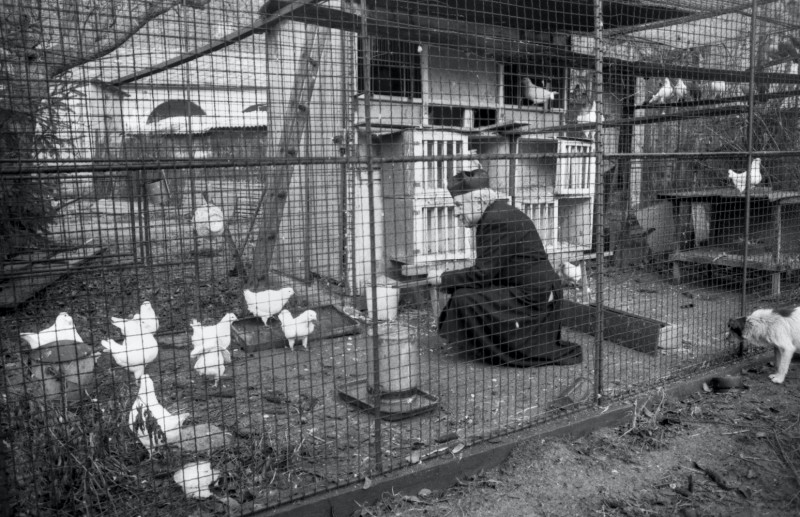
Náklo, 1980
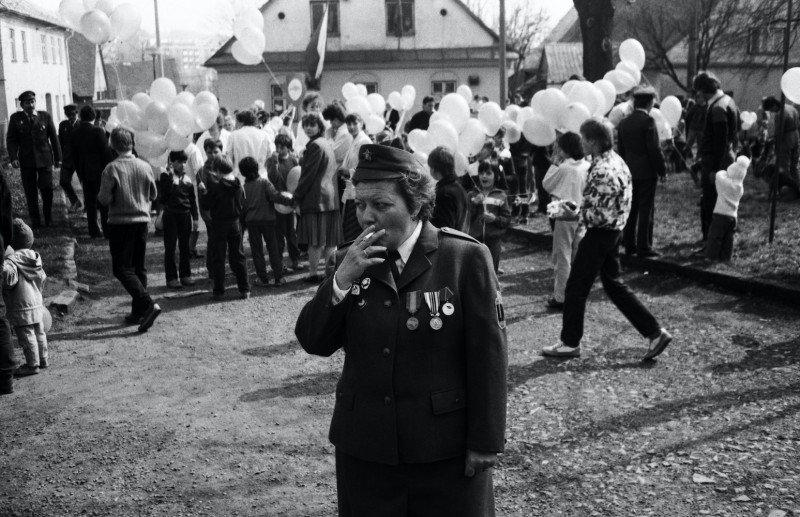
Břidličná, 1988

Jiříkov, 1981
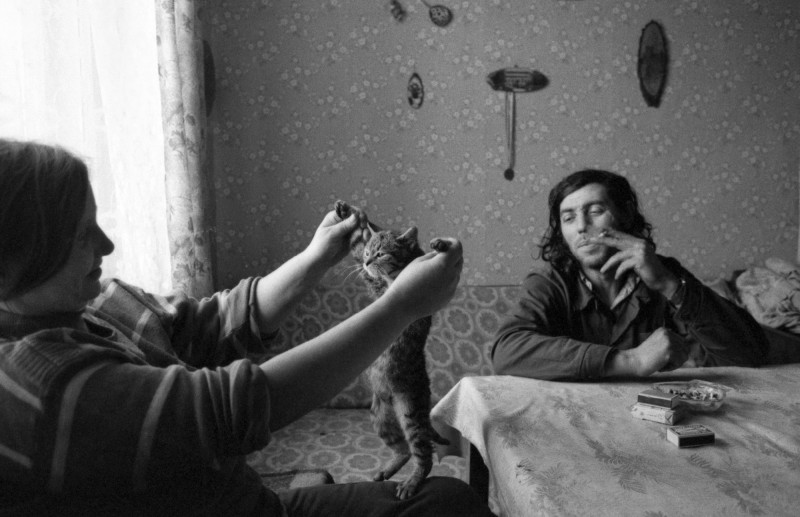
Arnoltice, 1990
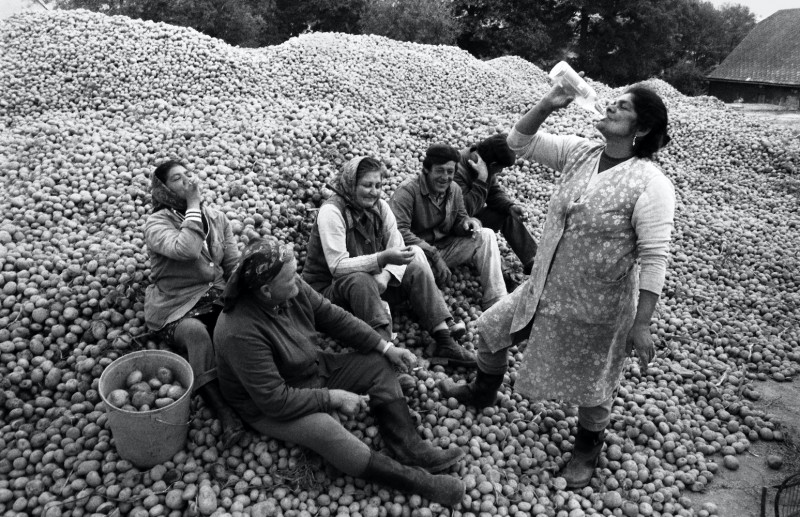
Arnoltice, 1985
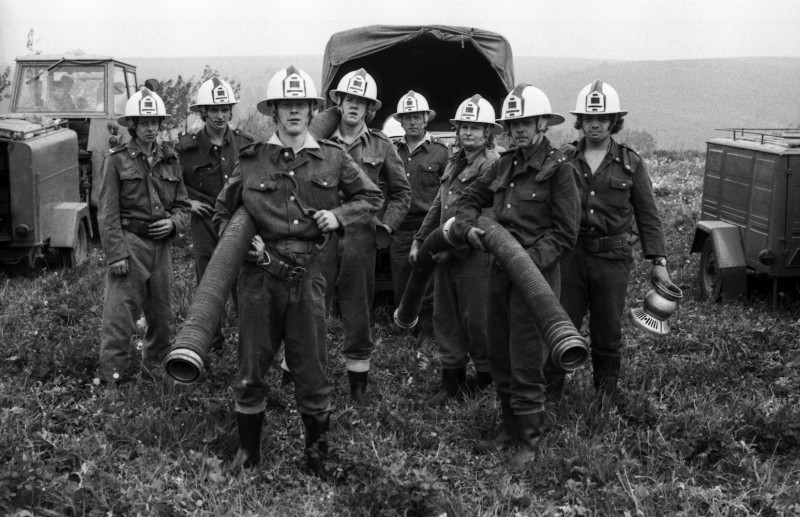
Ryžoviště, 1981
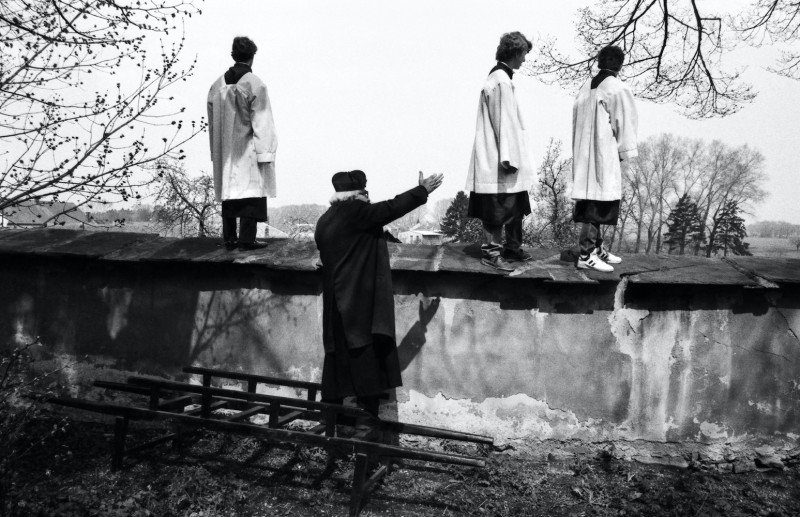
Náklo, 1990

Arnoltice, 1985